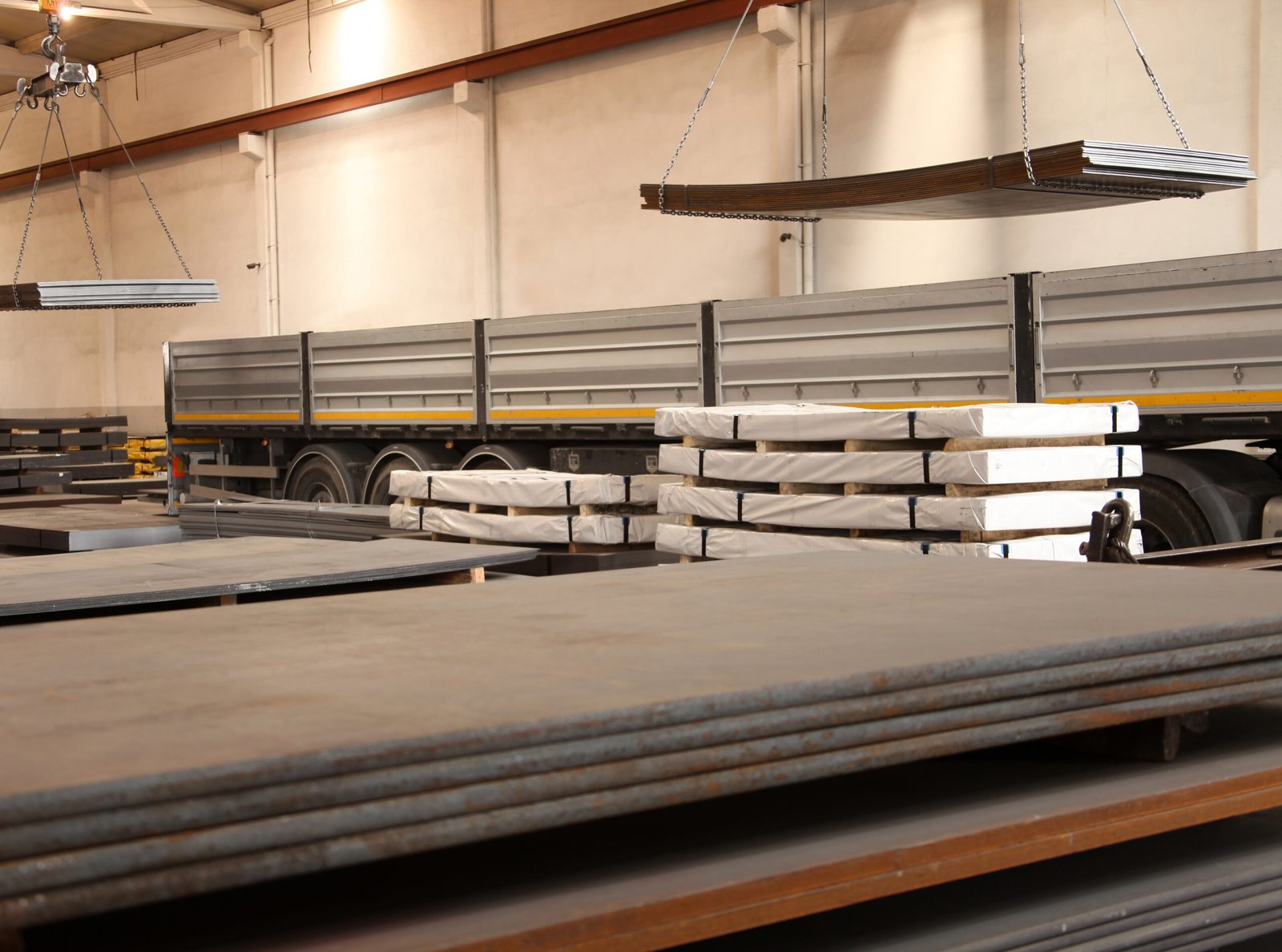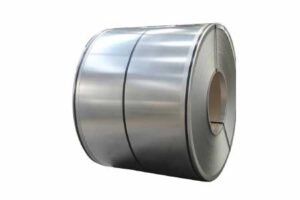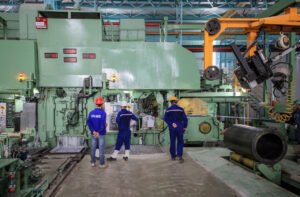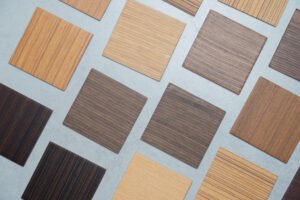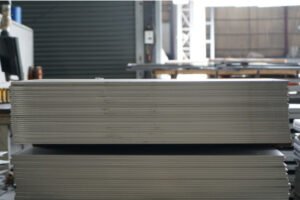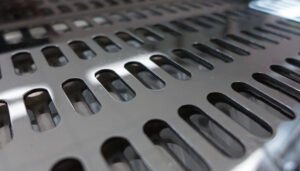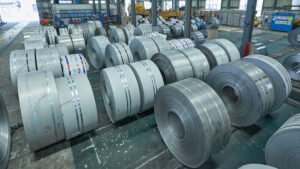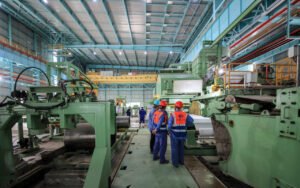Overcoming Saltwater Corrosion with Duplex Stainless Steel: A Proven Solution
Struggling with saltwater destroying your metal infrastructure? The constant repairs are costly and unsustainable. Duplex stainless steel offers a permanent, reliable solution for marine environments.
Duplex stainless steel overcomes saltwater corrosion through its unique dual-phase microstructure of austenite and ferrite. This composition provides superior resistance to chloride-induced pitting and crevice corrosion, combined with high mechanical strength, making it a proven solution for harsh marine and coastal applications.
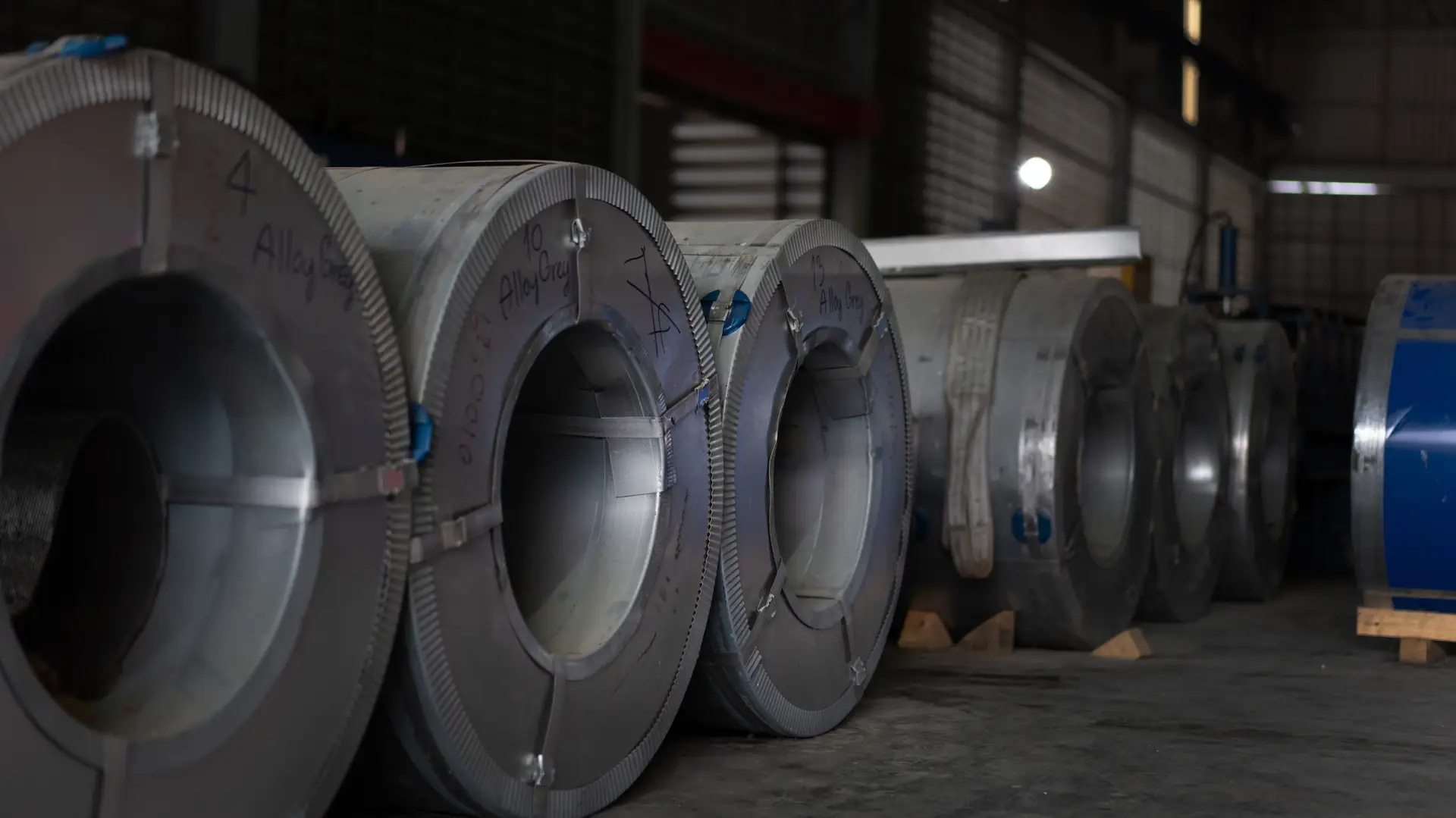
As the Global Business Director at MFY, I've guided countless partners through the complex challenge of material selection for extreme environments. The relentless assault of saltwater is a problem we see across industries, from offshore oil and gas to coastal architecture. The choice of material is not just a technical detail; it's a foundational decision that dictates a project's long-term viability and cost. Let's dive into why duplex stainless steel[^1] has become the definitive answer to this persistent challenge.
What Challenges Does Saltwater Corrosion Pose to Metal Infrastructure?
Are your coastal projects failing prematurely? The relentless attack of saltwater compromises structural integrity and safety. This degradation leads to constant, expensive maintenance and operational downtime.
Saltwater corrosion poses severe challenges, including rapid structural degradation through pitting and crevice corrosion, reduced service life, and increased safety risks. It forces costly, frequent maintenance and replacement cycles, significantly impacting the long-term financial viability and reliability of critical marine and coastal infrastructure.
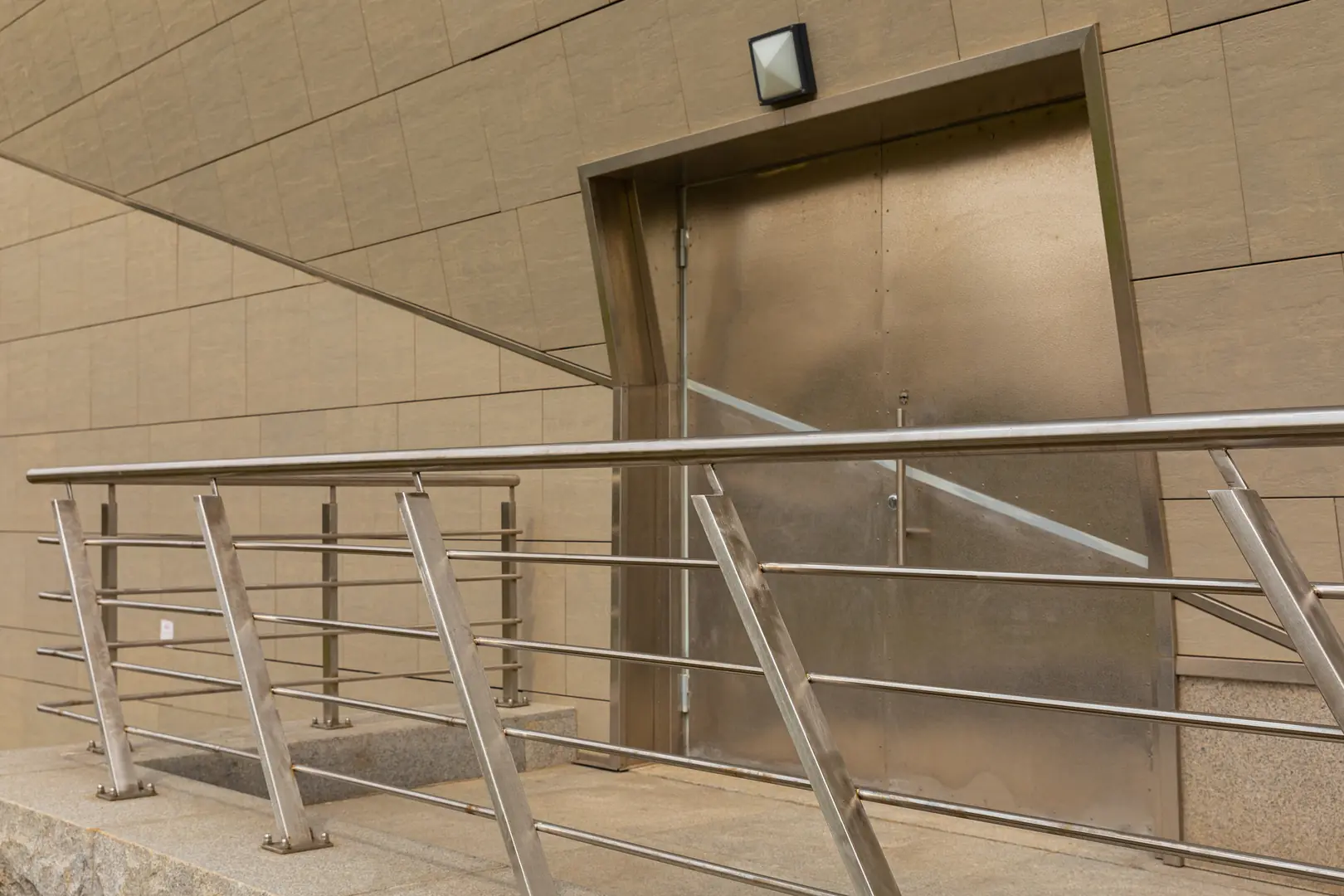
The destructive power of saltwater on conventional metals is something we at MFY see as a major operational bottleneck for our clients. It's more than just surface rust; it's a deep, systemic attack. Chlorides in seawater are particularly aggressive, seeking out weak points in a metal's passive layer to initiate pitting corrosion[^2]—small, localized holes that can quickly penetrate a material's thickness. This leads to catastrophic failures that are difficult to predict. I remember a case with a client in Southeast Asia whose coastal processing plant was plagued by leaks in their carbon steel piping. The constant patching was a drain on their resources and posed a significant environmental risk. This is where the true cost of corrosion becomes apparent. It's not just about the material; it's about downtime, labor, and the ever-present risk to safety and the environment.
The Financial Drain of Constant Maintenance
The cycle of inspection, repair, and replacement for infrastructure in marine environments is a massive financial burden. What might seem like a cost-effective material choice upfront can quickly become a long-term liability. This reactive approach consumes budgets that could otherwise be allocated to innovation and growth.
The Unseen Safety Risks
Beyond the financial impact, corroded infrastructure represents a serious safety hazard. A compromised walkway, a weakened support structure, or a failing pipeline can have devastating consequences. For engineering contractors and plant managers, ensuring structural integrity is non-negotiable, and relying on materials susceptible to rapid, localized corrosion is a gamble.
| Feature | Coated Carbon Steel | Duplex Stainless Steel |
|---|---|---|
| Initial Cost | Low | Moderate |
| Maintenance Frequency | High (every 2-5 years) | Very Low (minimal) |
| Expected Lifespan | 10-15 years | 50+ years |
| Failure Risk | High (pitting, coating failure) | Very Low |
Why Is Duplex Stainless Steel Resistant to Saltwater Corrosion?
Searching for a material that truly withstands the sea? Standard steels fail, leaving you with recurring problems. Duplex stainless steel’s unique chemistry offers inherent, long-lasting protection.
Duplex stainless steel is highly resistant to saltwater corrosion because of its balanced two-phase microstructure of austenite and ferrite. This structure, combined with high chromium, molybdenum, and nitrogen content, provides exceptional resistance to chloride pitting, crevice corrosion, and stress corrosion cracking.

The secret to duplex steel's exceptional performance lies in its very DNA. It's not just a single-phase material; it's a brilliant combination of two distinct crystal structures: austenite and ferrite, typically in a near 50/50 mix. This dual-phase microstructure is a transformative advancement that gives the material the best of both worlds. The ferritic phase provides high mechanical strength and resistance to stress corrosion cracking, while the austenitic phase offers excellent toughness and fabricability. This synergy is what makes duplex a formidable barrier against the aggressive chloride exposure found in marine environments. At MFY, we emphasize this unique structure because it is the fundamental reason why duplex alloys outperform their austenitic counterparts, like 316L, in demanding saltwater applications. It's not just an incremental improvement; it's a categorical leap in material science.
The Power of a Dual-Phase Microstructure
This balanced microstructure is the core of duplex steel's resilience. It creates a material that is not only strong—often twice as strong as standard austenitic steels—but also incredibly tough and resistant to the initiation and propagation of corrosion. This inherent strength means you can often design lighter structures, saving on both material cost and weight.
Key Alloying Elements at Work
The performance of duplex steel is further enhanced by its specific chemical composition. High levels of chromium create a robust, self-healing passive film[^3] on the surface, while molybdenum significantly boosts resistance to localized pitting corrosion. Nitrogen acts as a strengthening agent and further stabilizes the microstructure against pitting.
| Element | 316L Stainless Steel | Duplex 2205 | Role in Corrosion Resistance |
|---|---|---|---|
| Chromium (Cr) | 16-18% | 22-23% | Forms the primary passive layer |
| Molybdenum (Mo) | 2-3% | 3-3.5% | Greatly enhances pitting resistance |
| Nitrogen (N) | <0.1% | 0.14-0.20% | Strengthens and resists pitting |
What Are the Implications of Using Duplex Stainless Steel in Marine Environments?
Worried about the long-term viability of your projects? Short-term material savings can lead to long-term financial pain. Investing in duplex steel secures durability and reduces lifetime costs.
The implications are overwhelmingly positive: significantly extended asset lifespan, drastically reduced maintenance and replacement costs, and improved operational safety. Using duplex steel enhances project sustainability and delivers a superior long-term return on investment, solidifying a reputation for quality and durability in harsh marine environments.
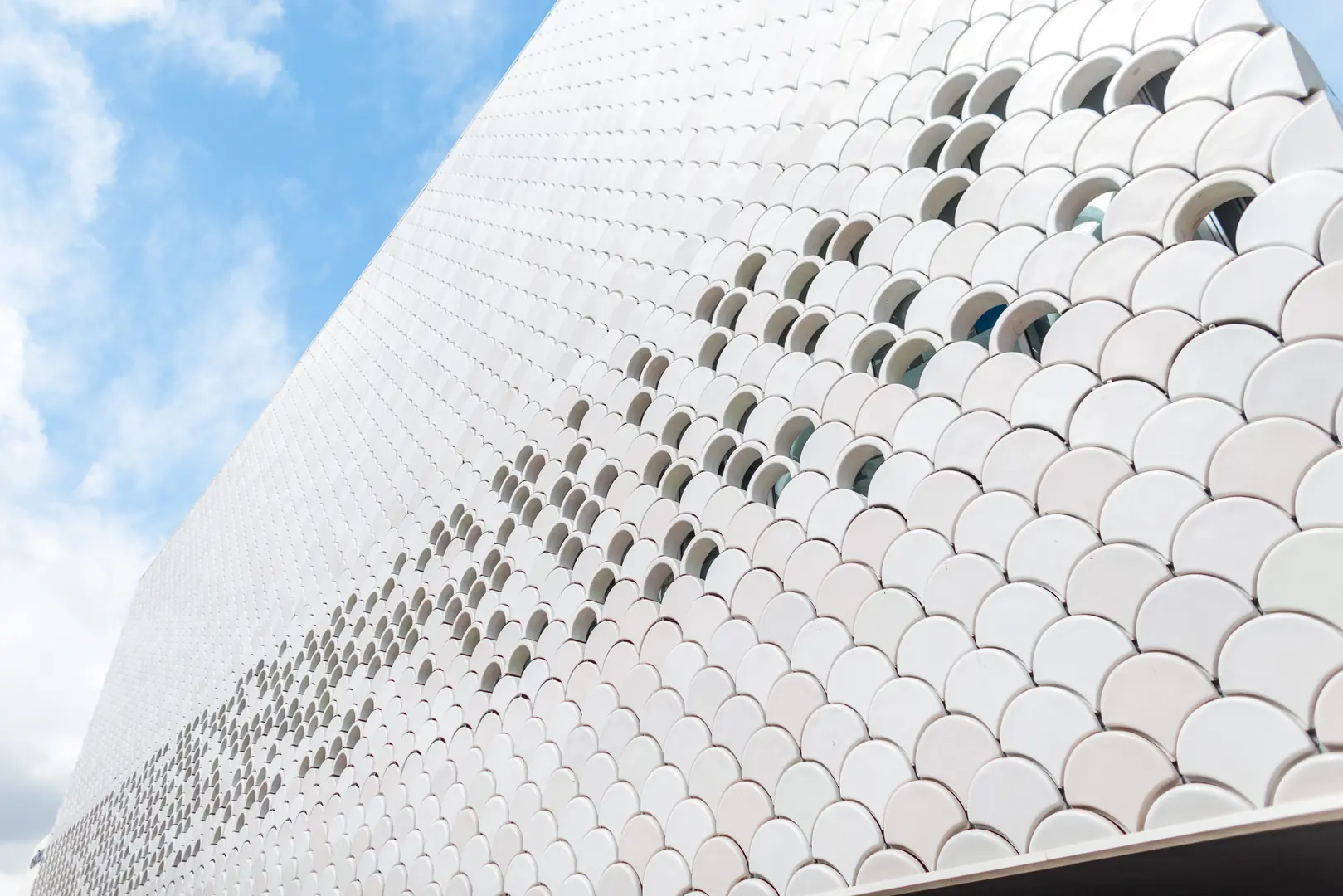
Adopting duplex stainless steel is a strategic shift from a short-term cost mindset to a long-term value perspective. For the engineering contractors and manufacturing managers we work with, this is a game-changer. The immediate implication is a dramatic reduction in the total cost of ownership. While the upfront material cost may be higher than for carbon steel or even some standard stainless grades, the savings on maintenance, repairs, and eventual replacement are immense. I worked closely with a team building a desalination plant in the Middle East. They initially considered 316L for their high-pressure piping but were concerned about the warm, highly saline water. By switching to duplex 2205, they not only ensured a service life of over 30 years with minimal maintenance but also built a facility recognized for its durability and operational efficiency. This choice reinforces a company's commitment to quality and sustainability—a powerful statement in today's competitive landscape.
A Shift from Cost to Investment
Choosing duplex is an investment in reliability. It ensures that your infrastructure performs as intended for decades, not just years. This predictability is invaluable for critical applications where failure is not an option. It allows for more accurate long-term financial planning and frees up capital that would otherwise be tied up in a perpetual maintenance budget.
Enhancing Sustainability and Reputation
In an era where environmental stewardship is paramount, using materials that last longer and require fewer replacements is a critical component of sustainability. Duplex steel's longevity reduces the overall material consumption and waste generated over a project's lifecycle. For our partners, this isn't just good for the planet; it's good for business, enhancing their brand as a provider of robust, forward-thinking solutions.
How Can Duplex Stainless Steel Mitigate Saltwater Corrosion Effectively?
Need a practical way to stop corrosion in its tracks? Reactive coatings and cathodic protection have their limits. Duplex steel offers inherent, built-in protection that works passively.
Duplex stainless steel effectively mitigates saltwater corrosion by forming a resilient, self-healing passive layer. Its high resistance to localized attacks like pitting prevents corrosion initiation, while its superior strength allows for more robust designs, ensuring long-term structural integrity without relying on external protection.
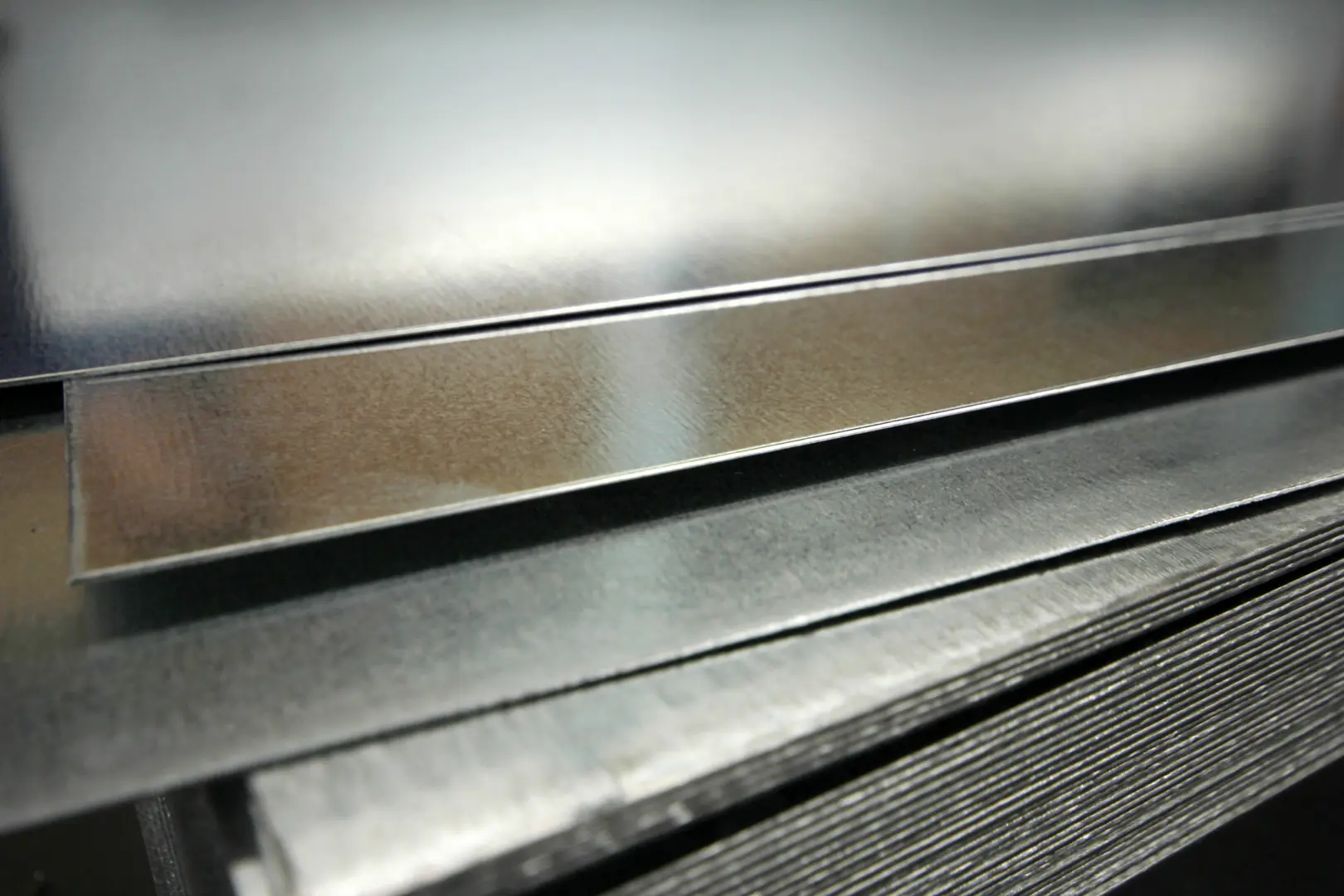
The mitigation strategy of duplex steel is elegantly simple: it relies on its own intrinsic properties, not on external, fallible layers of protection. The key is its passive film. This ultra-thin, transparent layer of chromium oxide forms spontaneously on the surface when exposed to oxygen. If this layer is scratched or damaged, it instantly reforms, effectively "healing" itself. This is a profound difference from coated carbon steel, where a single scratch or pinhole in the coating becomes a focal point for aggressive, localized corrosion that can quickly undermine the entire structure from beneath the surface. I've seen countless projects where the failure of a coating led to far more rapid degradation than if the steel had been left bare. Duplex steel eliminates this vulnerability. Its protection is uniform, integral, and perpetual, providing a level of reliability that coatings simply cannot match in the long run.
The Science of the Passive Layer
This self-healing passive layer is the first and most important line of defense. The high chromium and molybdenum content in duplex grades make this layer exceptionally stable and resistant to breakdown by chlorides, which is why it excels where other stainless steels might struggle.
Beyond Surface-Level Protection
Because corrosion resistance is built into the alloy itself, duplex steel mitigates risk throughout its entire thickness. This provides peace of mind that is impossible to achieve with surface-dependent solutions. It ensures that even with minor surface abrasion or damage, the structural integrity of the component remains uncompromised for its entire service life.
| Mitigation Method | Duplex Stainless Steel | Coated Carbon Steel |
|---|---|---|
| Mechanism | Inherent (passive film) | Barrier (coating) |
| Reliability | Very High | Moderate (depends on coating integrity) |
| Self-Healing | Yes | No |
| Vulnerability | Low | High (scratches, pinholes) |
What Are the Best Practices for Implementing Duplex Stainless Steel in Coastal Projects?
Ready to use duplex but unsure where to start? Proper implementation is key to unlocking its full potential. Following best practices ensures maximum performance and project success.
Best practices include selecting the correct duplex grade based on specific environmental conditions, ensuring proper welding procedures are followed to maintain microstructure integrity, and partnering with an experienced supplier like MFY who can provide technical guidance on fabrication and installation.
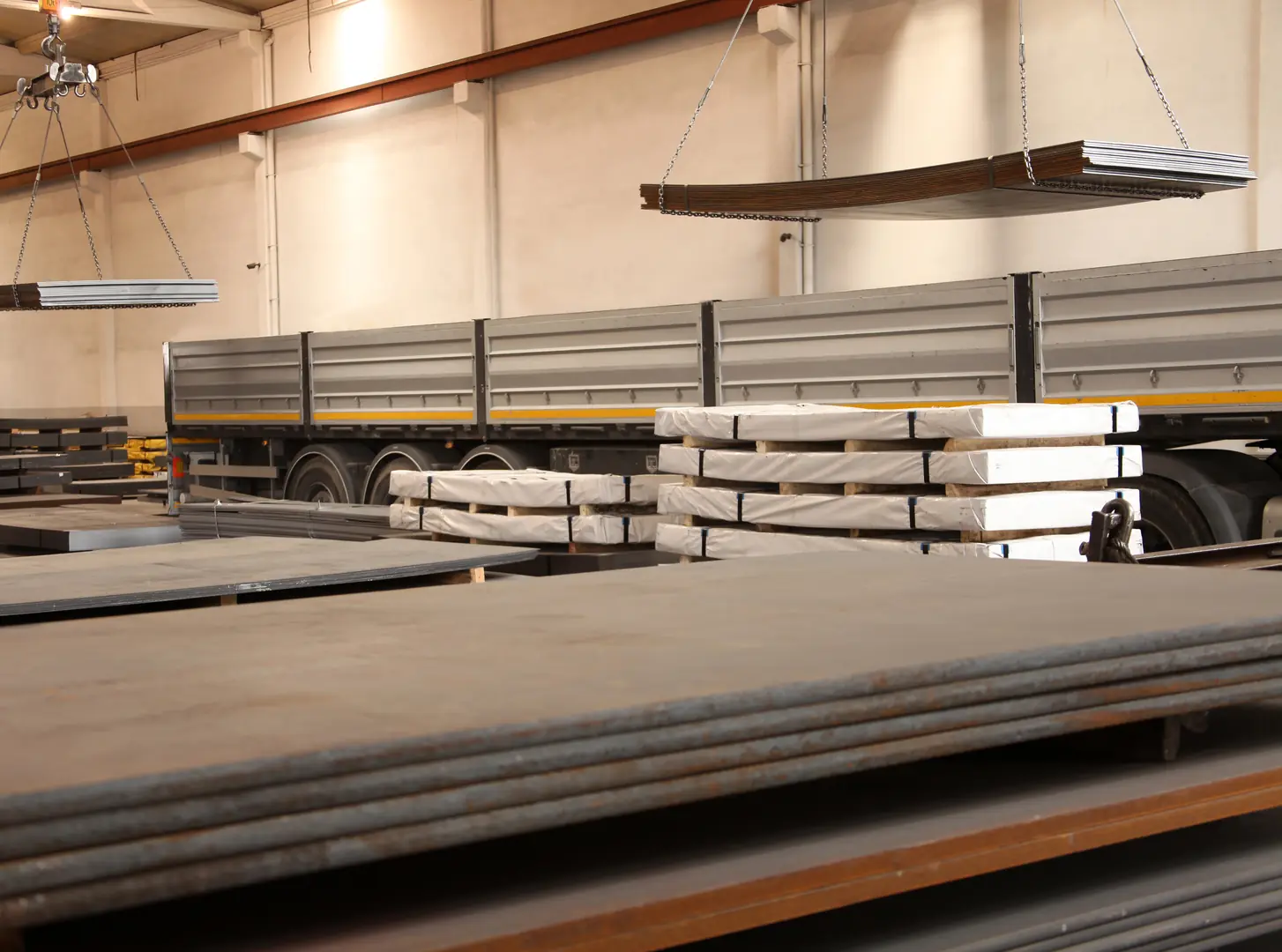
Successfully implementing duplex stainless steel requires more than just purchasing the material; it requires a partnership built on expertise. At MFY, we see our role as extending far beyond the sale. The most critical first step is grade selection. Not all duplex steels are the same. A standard duplex like 2205 is excellent for many marine applications, but a super duplex grade might be necessary for more aggressive environments with higher temperatures or chloride concentrations. The second, and equally critical, practice is mastering fabrication. Welding duplex steel is not difficult, but it is different. It requires specific procedures, filler materials, and heat controls to preserve the balanced austenitic-ferritic microstructure in the weld zone. Improper welding can compromise the very properties you're paying for. This is why we work so closely with our clients, providing the technical data and support needed to ensure their fabrication teams are confident and capable. It transforms the use of duplex from a material choice into a comprehensive, non-obvious strategy for ensuring robust, long-term performance.
Grade Selection is Critical
Choosing the right grade is the foundation of a successful project. This decision should be based on a thorough analysis of the service environment, including water temperature, salinity, and chemical exposure. An expert supplier can help you navigate these choices to find the optimal balance of performance and cost.
Mastering Fabrication and Welding
Proper training and adherence to established welding procedure specifications (WPS) are essential. Key considerations include controlling the heat input and using the correct shielding gas and filler metals to ensure the final weld has the right phase balance and corrosion resistance.
| Best Practice Checklist | Description |
|---|---|
| ✓ Grade Selection | Analyze the environment to choose the right duplex grade (e.g., 2205, Super Duplex). |
| ✓ Supplier Partnership | Work with a knowledgeable supplier who provides technical support and quality assurance. |
| ✓ Welding Procedures | Follow specific welding protocols for heat input, filler material, and shielding gas. |
| ✓ Post-Weld Cleaning | Properly clean and passivate weld zones to remove contaminants and restore the passive layer. |
| ✓ Handling & Storage | Avoid cross-contamination with carbon steel during fabrication and storage. |
Conclusion
In the fight against saltwater corrosion, duplex stainless steel is not just a material choice; it's a strategic decision for longevity, reliability, and sustainability. It offers a proven, cost-effective solution, safeguarding critical infrastructure for decades to come.
Have Questions or Need More Information?
Get in touch with us for personalized assistance and expert advice.
